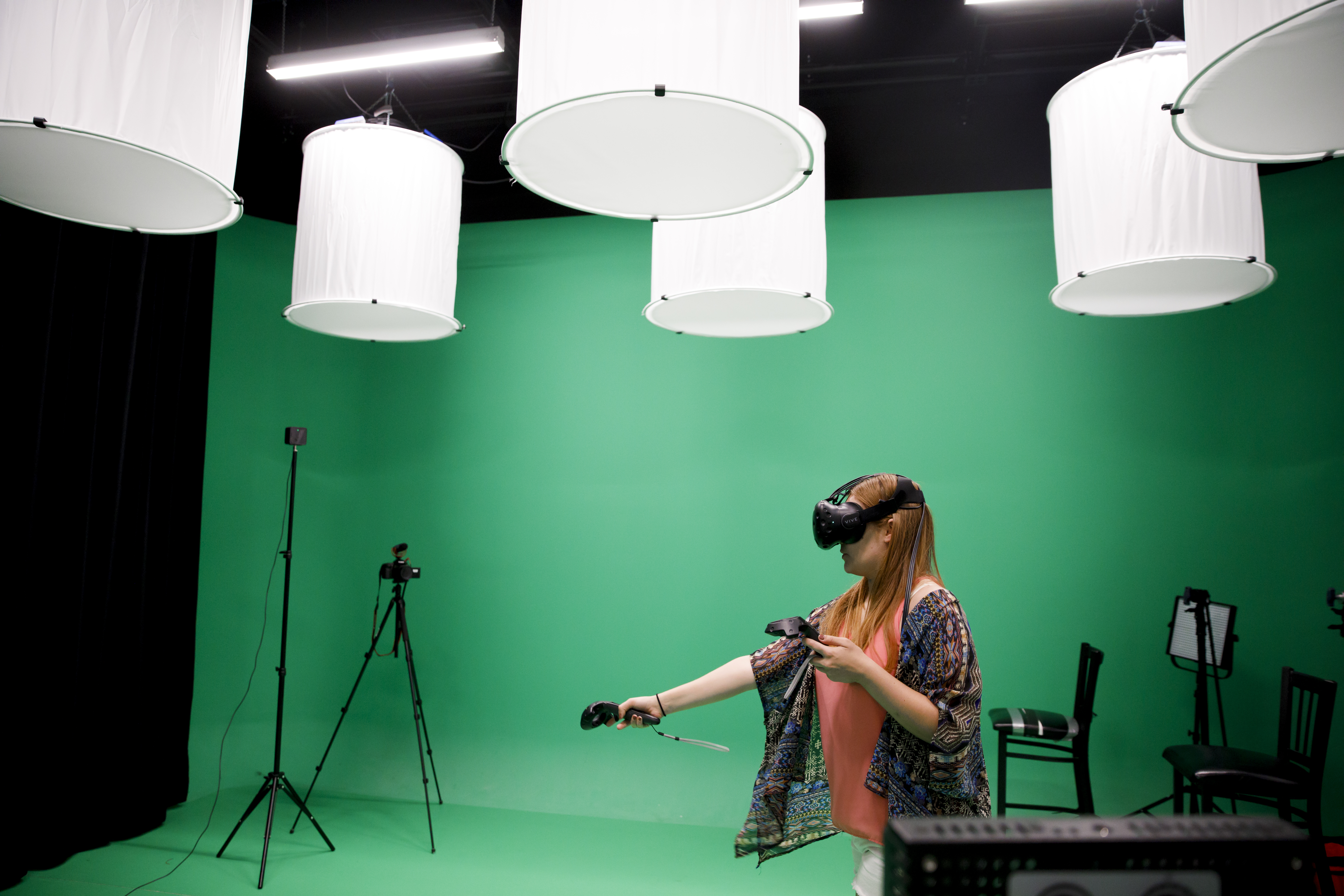Images and Videos of Virtual Reality
About this Tool
Virtual reality (VR) places the user in a virtual setting or simulated environment. Immersive VR headsets allow your students to interact with simulated environments, pick up and manipulate objects, and interact with other people in real time. You can assign your students VR experiences that teach them concepts in many areas of study, and students can learn by experience rather than from merely reading about a complex topic. For instance, students can examine ancient sculptures, see chemical elements close-up, design real-world objects, travel the world, and learn dangerous trade techniques safely for a fraction of the real-world expense.
IU offers VR labs and opportunities to varying degrees on most campuses. A simpler version of VR uses a user’s phone to generate the content. While less immersive and lower quality, it allows users to get an idea of what’s possible in VR and is less costly and more accessible by most students.
Key Features for Teaching and Learning
- Make learning interactive. VR allows users to interact with objects and each other in a way that simulates reality, helping students master difficult-to-learn concepts or skills that would normally require physical interaction.
- Make learning collaborative. VR offers spaces to collaborate and meet up with others in real time so that users can be at different locations, but in the same virtual space.
- Provide equitable and safe experiences. VR is not an attempt to replace real world training, education, and experience, but rather an opportunity to enhance them, make them safer, and offer alternatives for those who wouldn’t otherwise have access to these experiences.
- Give students future-forward digital skills. Students will be able to move on to other educational or professional endeavors with the knowledge and experience of using VR and the knowledge of the power of VR.
Resources
Keywords
Categories
Availability
- This tool is available for Faculty
- This tool is available for Staff
- This tool is available for Students
- This tool is not available for Guests
- IU Bloomington
- IUPUI
- IU East
- IU Northwest
- IU South Bend
- IU Southeast
Cost
No additional cost


